Growing Awareness and Education Initiatives
The rise in awareness and education initiatives surrounding interstitial lung diseases is significantly impacting the Interstitial Lung Disease Treatment Market. Healthcare providers and organizations are increasingly focusing on educating both patients and clinicians about the symptoms, diagnosis, and management of ILDs. This heightened awareness is likely to lead to earlier diagnosis and treatment, which can improve patient outcomes. Additionally, educational campaigns are fostering a better understanding of the importance of adherence to treatment regimens. As patients become more informed, they may actively seek out therapies, thereby driving demand within the Interstitial Lung Disease Treatment Market. The emphasis on education is crucial for enhancing the overall management of these diseases.
Integration of Telemedicine in Patient Care
The integration of telemedicine into patient care is emerging as a significant driver for the Interstitial Lung Disease Treatment Market. Telehealth solutions facilitate remote consultations, enabling patients to access specialized care without the need for travel. This is particularly beneficial for individuals with ILDs, who may experience mobility challenges. Recent surveys indicate that a substantial percentage of patients prefer telehealth options for follow-up appointments, which can enhance treatment adherence and monitoring. As healthcare systems continue to adopt digital solutions, the Interstitial Lung Disease Treatment Market is likely to benefit from increased patient engagement and satisfaction. The convenience of telemedicine may also encourage more patients to seek timely treatment, thereby positively influencing market dynamics.
Rising Prevalence of Interstitial Lung Diseases
The increasing incidence of interstitial lung diseases (ILDs) is a primary driver for the Interstitial Lung Disease Treatment Market. As the population ages, the prevalence of conditions such as idiopathic pulmonary fibrosis and sarcoidosis is expected to rise. Recent estimates suggest that ILDs affect approximately 200,000 individuals annually in certain regions, leading to heightened demand for effective treatment options. This growing patient population necessitates advancements in therapeutic strategies, thereby propelling market growth. Pharmaceutical companies are likely to invest in research and development to address this unmet medical need, which could further stimulate the Interstitial Lung Disease Treatment Market. The urgency to manage these chronic conditions effectively underscores the importance of innovative treatment modalities.
Advancements in Biologics and Targeted Therapies
The development of biologics and targeted therapies represents a transformative trend within the Interstitial Lung Disease Treatment Market. These therapies, which focus on specific pathways involved in the pathogenesis of ILDs, have shown promise in clinical trials. For instance, drugs targeting the fibroblast growth factor pathway are currently under investigation, with some showing potential to slow disease progression. The market for biologics is projected to grow significantly, with estimates indicating a compound annual growth rate of over 10% in the coming years. This shift towards precision medicine not only enhances treatment efficacy but also aligns with the growing emphasis on personalized healthcare, thereby driving the Interstitial Lung Disease Treatment Market forward.
Increased Investment in Research and Development
Investment in research and development (R&D) is a crucial factor influencing the Interstitial Lung Disease Treatment Market. Pharmaceutical companies are increasingly allocating resources to explore novel therapeutic approaches and improve existing treatments. Recent data indicates that R&D spending in the respiratory disease sector has surged, with a notable focus on ILDs. This influx of funding is likely to accelerate the discovery of new drugs and treatment modalities, addressing the diverse needs of patients suffering from these complex conditions. Furthermore, collaborations between academic institutions and industry players are fostering innovation, which may lead to breakthroughs in the Interstitial Lung Disease Treatment Market. The commitment to advancing scientific knowledge is essential for developing effective therapies.


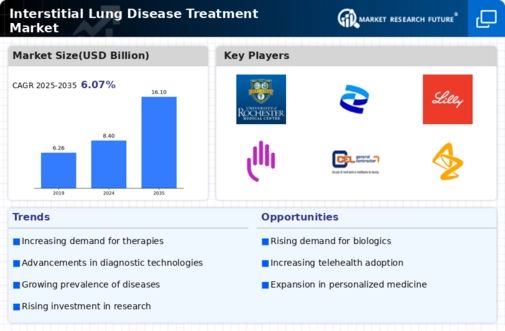
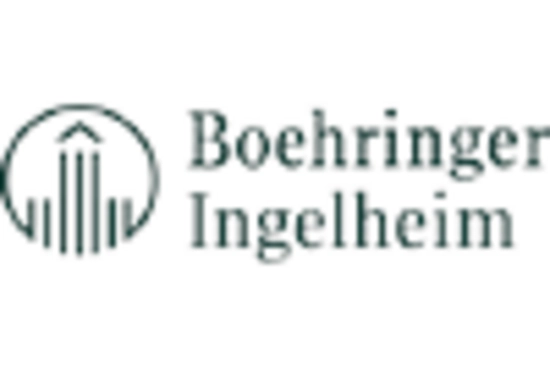

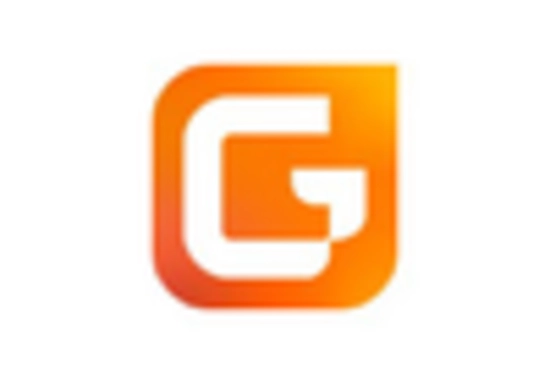
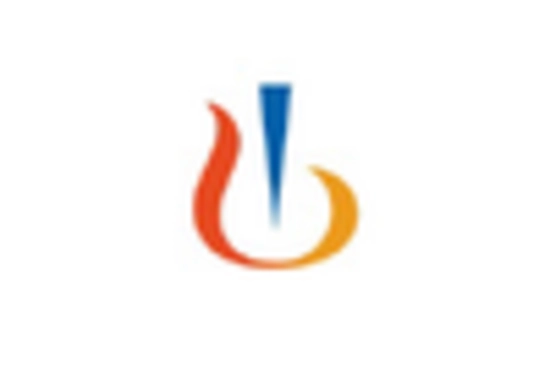
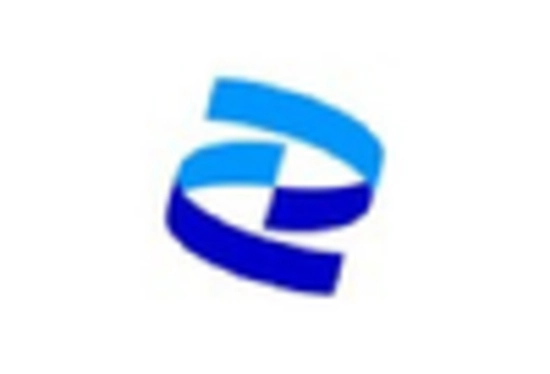
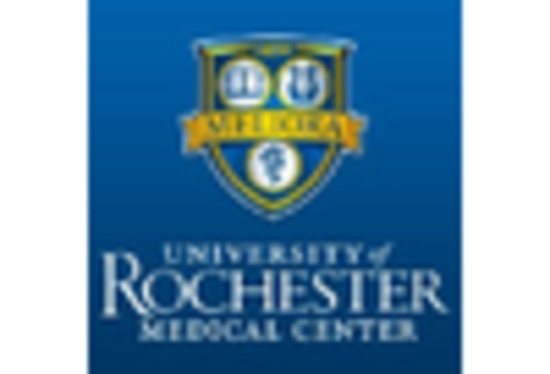








Leave a Comment